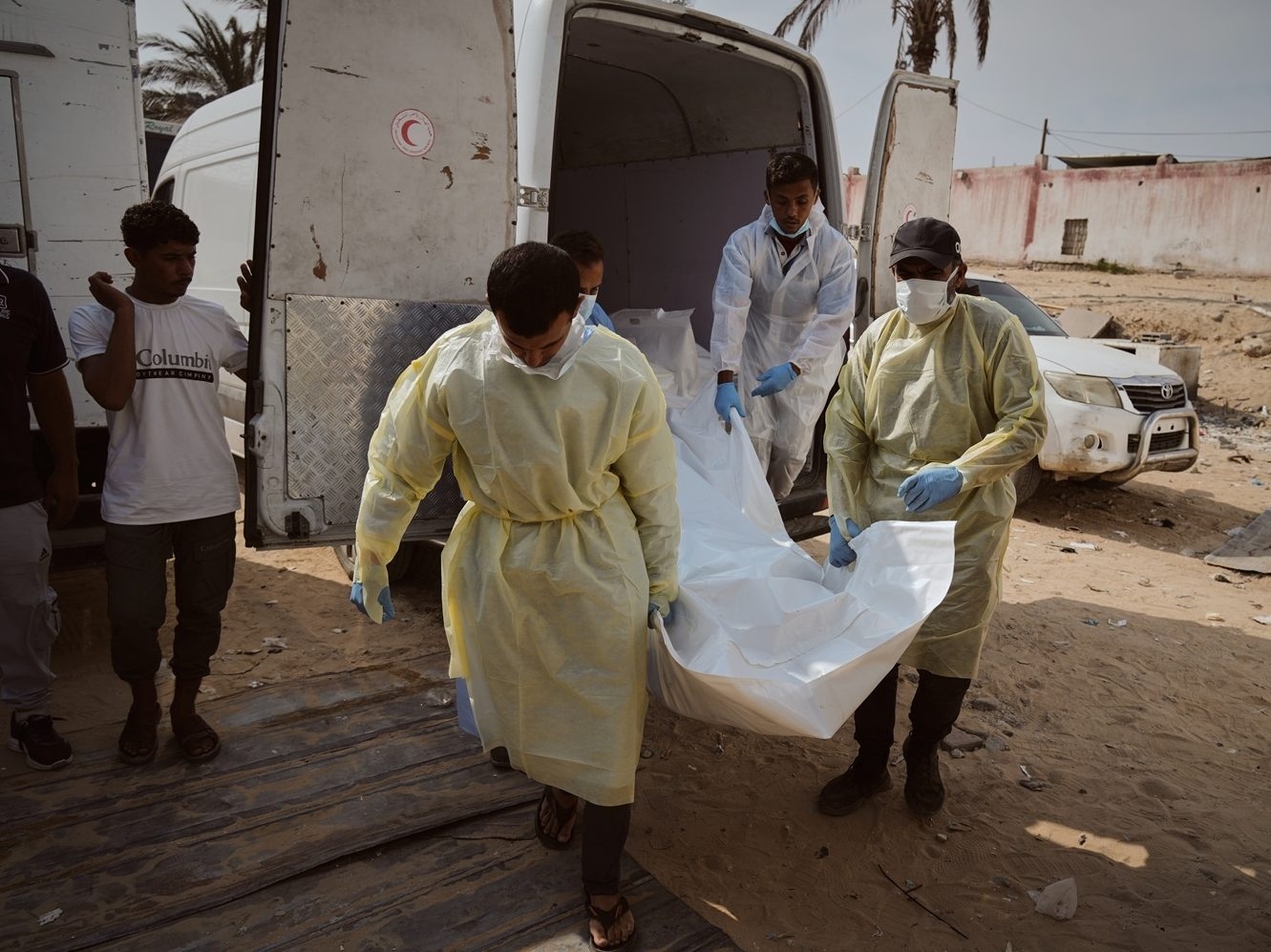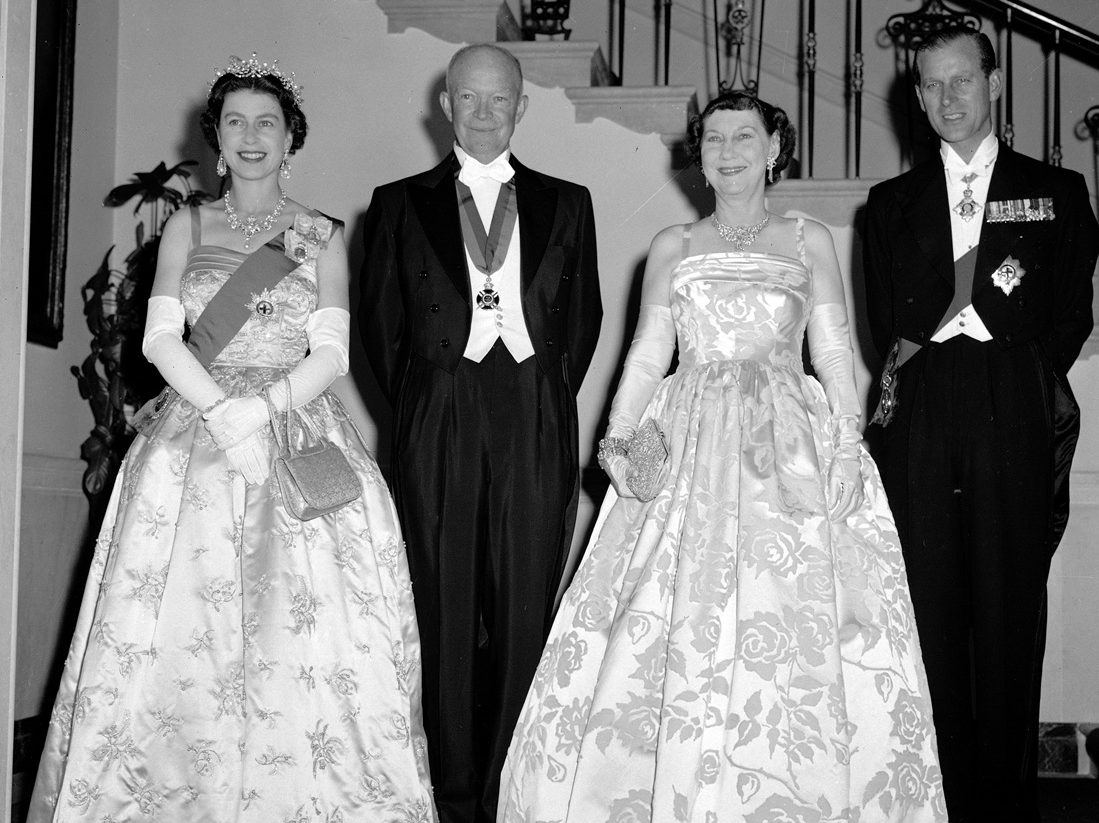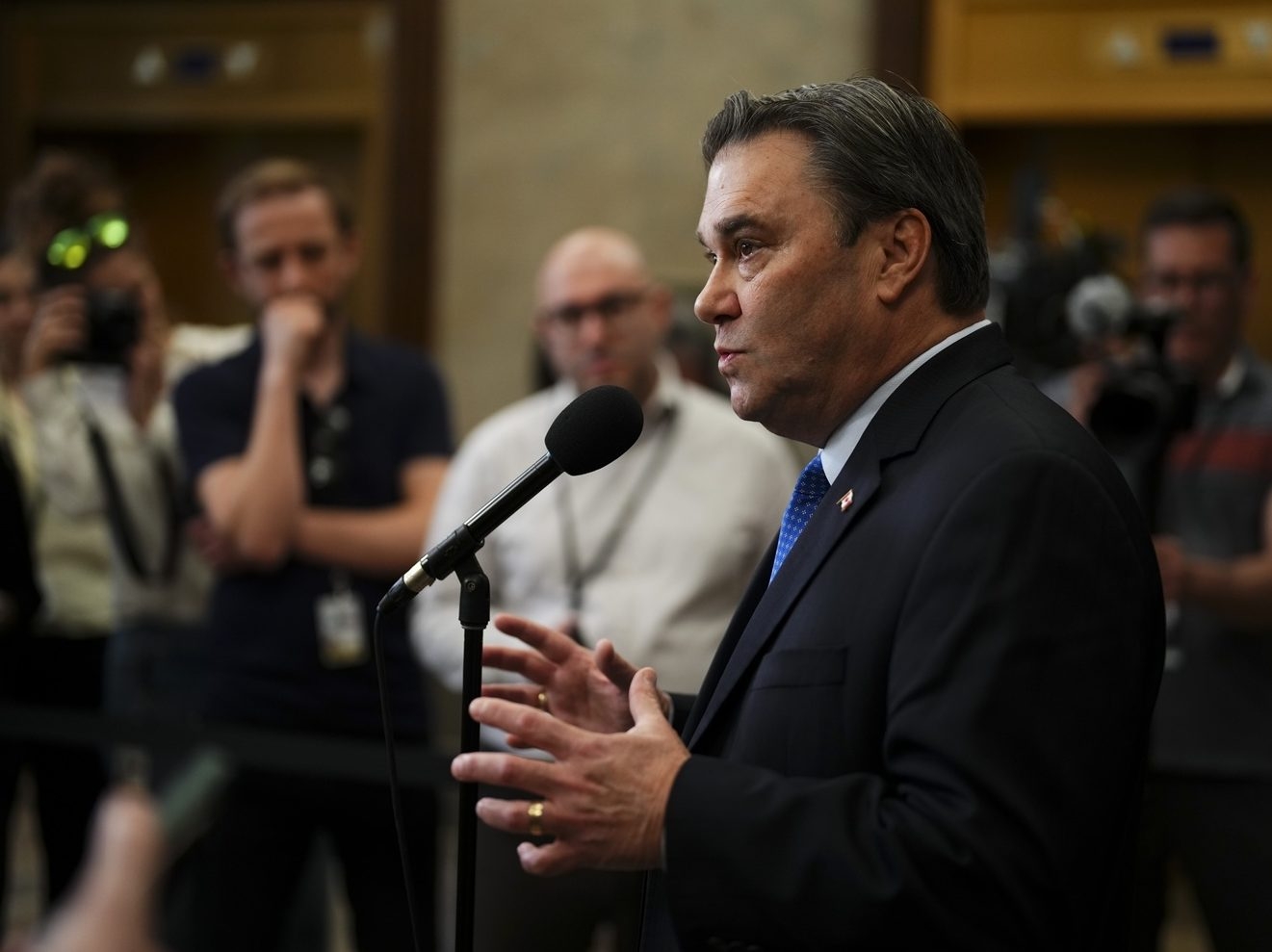A somber exchange unfolded Monday as Israel returned the bodies of 45 Palestinians to Gaza, a day after receiving the remains of three of its own soldiers. These soldiers – Capt. Omer Neutra, Staff Sgt. Oz Daniel, and Col. Assaf Hamami – were tragically killed during the initial Hamas attack on October 7th, 2023, the event that ignited the devastating war.
The handover represents a fragile step forward in a U.S.-brokered ceasefire, a desperate attempt to halt the deadliest conflict in the history between Israel and Hamas. The truce, though tenuous, has allowed for the return of remains – 20 hostages have now been returned, with eight still held within Gaza’s borders.
For each Israeli life brought home, Israel has released the remains of fifteen Palestinians. This latest exchange brings the total number of Palestinian bodies returned since the ceasefire began to 270. But the return is only the beginning of a painful process for grieving families.

The identification of the returned bodies is agonizingly slow. Only 78 have been positively identified so far, hampered by a critical shortage of DNA testing kits within Gaza. The Health Ministry has resorted to posting images of the remains online, a heartbreaking plea for families to find closure amidst the chaos.
The families of the returned soldiers are grappling with immense grief. Orna Neutra, mother of Capt. Omer Neutra, spoke with raw emotion, stating, “Our hearts are shattered, yet at last we can begin the process of bringing Omer to his final resting place.” Notably, she and her husband thanked U.S. President Trump and negotiators, but pointedly omitted any mention of Israeli Prime Minister Netanyahu, a reflection of growing frustration among hostage families.
Meanwhile, a separate scandal is shaking Israel’s military establishment. Maj. Gen. Yifat Tomer-Yerushalmi, the former legal chief, has admitted to leaking a video depicting the sexual assault of a Palestinian detainee and has resigned. Her arrest on Sunday night, and subsequent detention extension, has ignited a firestorm of controversy.
The detainee featured in the leaked video was released and returned to Gaza on October 13th, according to military records. This revelation adds another layer of complexity to an already fraught situation, raising serious questions about accountability and the treatment of detainees.
The violence continues beyond the ceasefire’s reach. In the occupied West Bank, two Palestinians were killed by Israeli gunfire on Sunday night – a 17-year-old boy and a 32-year-old man. These deaths contribute to a disturbing surge in military killings of Palestinian youth amidst escalating tensions.
Amidst the devastation, efforts to provide aid are intensifying. The U.K. Foreign Secretary is traveling to Jordan to address the critical bottleneck preventing British aid from reaching Gaza. An additional $7.9 million in humanitarian support is being pledged, focusing on the urgent needs of the population.
A vaccination campaign is also planned, aiming to reach 40,000 Palestinian children under three who have missed vital immunizations due to the war. This initiative represents a crucial attempt to prevent outbreaks of preventable diseases in a population already facing unimaginable hardship.
The conflict’s toll remains staggering. The Hamas attack two years ago claimed approximately 1,200 Israeli lives and resulted in the abduction of 251 hostages. Israel’s subsequent military offensive has resulted in over 68,800 Palestinian deaths in Gaza, a number meticulously tracked by the Gaza Health Ministry, though disputed by Israel.
The war’s impact extends far beyond the immediate casualties. The landscape of Gaza is irrevocably altered, and the path to recovery will be long and arduous. The fragile ceasefire offers a glimmer of hope, but the underlying tensions and the immense suffering remain deeply entrenched.





